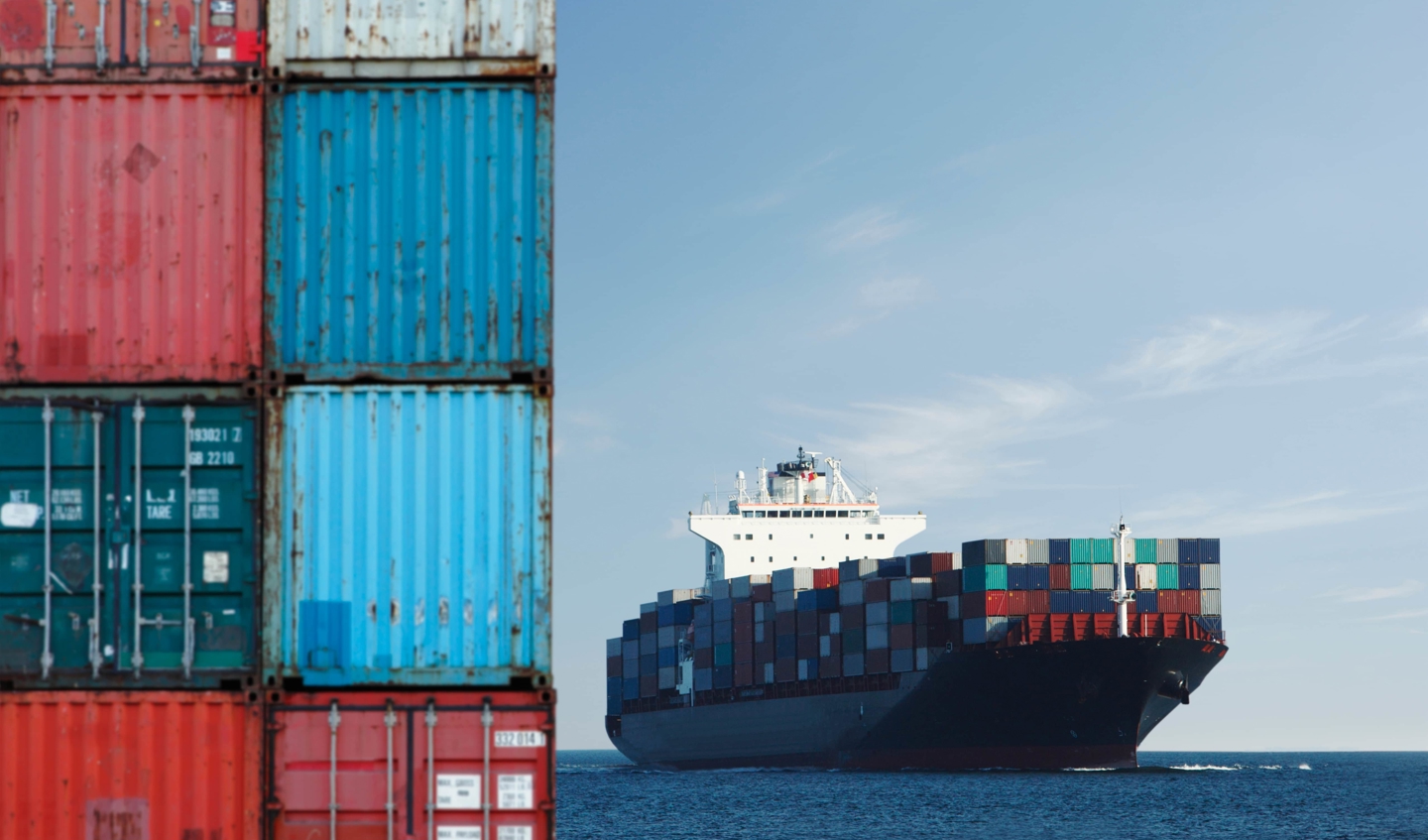Boost competitive advantage and eliminate the costs of containers lost at sea by optimising stowage with BoxMax. LR's comprehensive BoxMax stowage packages ensure a faster turnaround in port and more security during transit. The result: higher profit margins, clear service differentiation and a stronger competitive position.
After years of scraping-by, the container lines are finally seeing a return on their investment and patience, and with this windfall has come a surge in newbuild contracts. Yet there’s a palpable willingness to build for the future and put aside the mindset that ‘big is best’.
Despite this, the number of ships on the water with a nominal capacity >20,000 TEU almost doubled between 2018- 2020, and who doesn’t enjoy seeing the mainliners competing for poll position on who owns the largest vessel? The record is currently held by Evergreen and its 23,992 TEU Ever Ace, recently delivered to LR class (pictured below).
Ever Ace, the largest container ship in the world, was delivered to LR class at the end of July. Ever Ace has a capacity of 23,992 TEU which is just 28 more than the previous record holder HMM Algeciras.
There’s no denying that a fully utilised Megamax (MGX) vessel on a streamlined port rotation offers a more efficient output, supporting both financial and environmental goals. We can all appreciate the need for economy of scale, but there is a balance to be struck. After all, focusing on a lower theoretical slot cost to derive a competitive edge can create an unhealthy reliance on ‘rate action’. This in turn devalues the product, undermines revenue potential and can ultimately destabilise the market; often fuelling a sense of capacity one-upmanship.
The advantage of a MGX vessel hinges on a multitude of factors, but fundamentally all ships need to operate near full utilisation to deliver value. Unfortunately, past events and the current climate demonstrates recurring market volatility and inherent operational challenges, all of which is exacerbated by the larger ship types, compelling owners to spread their bets. As a result, the majority of recent newbuild orders have been for smaller sized ships ranging from feeders to Neo Panamax, with more to come. The rationale is that these ship types are more versatile, not only replenishing the ageing fleet but are a better fit for the infrastructure and volume of those regional trade lanes more likely to achieve stable growth going forward, not to mention less sensitive to geopolitical tension and evolving macroeconomic trends.
You would be forgiven for questioning the logic of investing in newbuild boxships, after all it is the existing capacity crunch that has partly enabled the current high level of profitability, so why risk it? To start, the industry has a different outlook when compared to pre 2008 global recession when the orderbook ratio to existing fleet was at a staggering 60%. There is a greater awareness now of the risk in oversupply, as shown by the current orderbook ratio to fleet hovering around the 20% mark, although let’s hope future orders in the pipeline remain measured. In addition, established operators must provide some semblance of service, for which regular capacity is key, otherwise vessel deployment by freight forwarders and giant retailers could become a permanent spoiler. Finally, the focus has shifted from ‘building bigger’ to investing in a variety of smaller to medium sized ships offering a wider range of trade options, thus providing improved long-term employment prospects.
The record profitability is giving container ship owners the opportunity to research and invest in alternative fuel pathways and digital solutions for efficiency and security, which rightly takes precedence over the pursuit of a lower theoretical slot cost. There is still a need for MGX ships to deliver economy of scale, but size is not the main driver as we see owners adopting a more strategic and balanced tonnage plan.
So, in the container segment at least, whilst size matters, it’s how you use it that counts!








